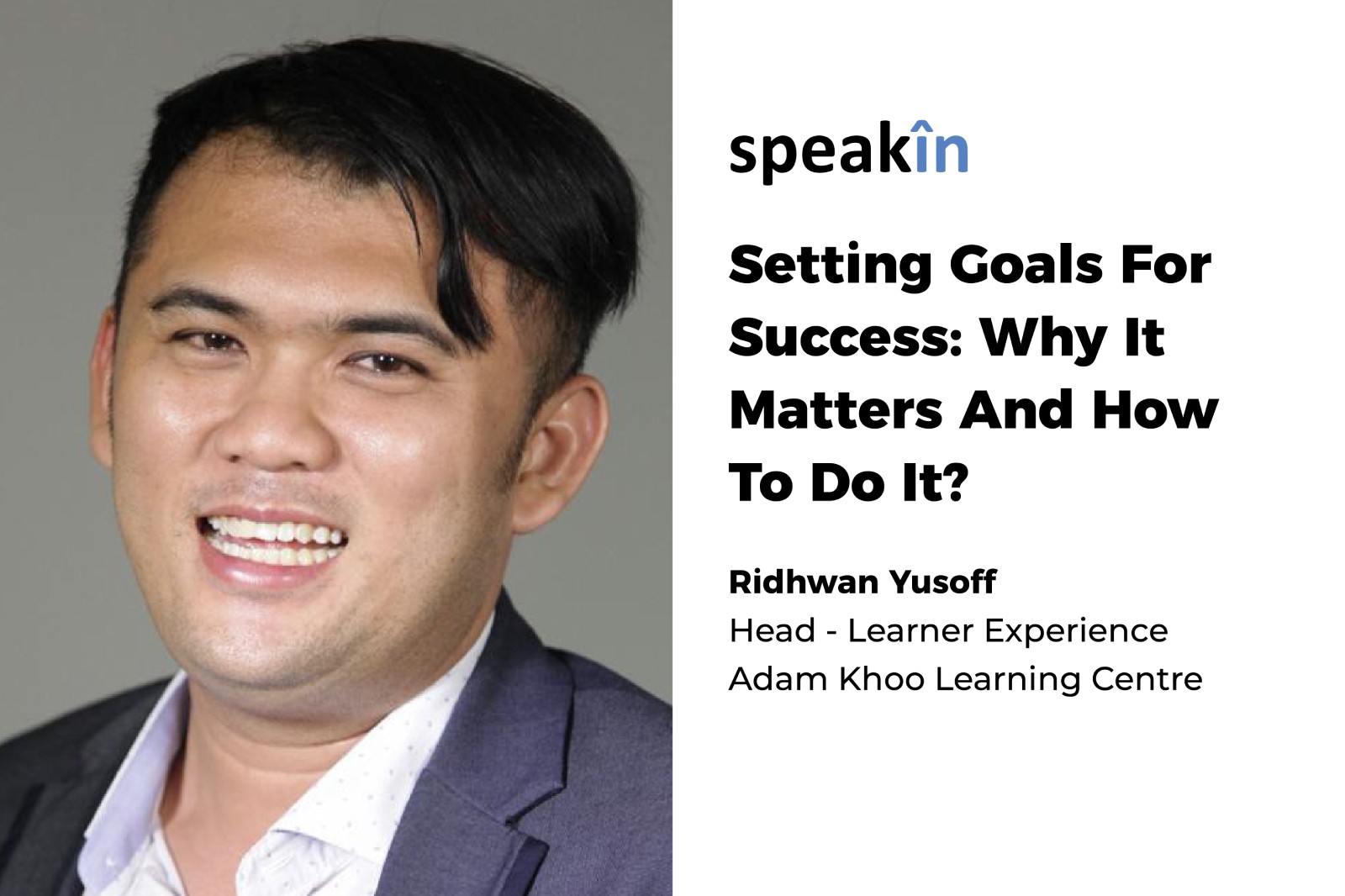Let me begin by posing a question:
Why do people set goals?
Here’s the answer. These are the five reasons:
- Goals give us direction
- Goals provide positive energy
- They also provide a yardstick
- They create purpose and meaning
- And, finally, they make you accountable—to yourself.
How many of you have heard of
BHAG? That’s the
big-hairy-audacious-goal. The term was coined by
consultant and business coach Jim Collins in his book "Good to Great". A BHAG is a compelling, long-term goal that is intriguing enough to inspire people or an organisation to take action. It is a goal that is often impossible to achieve, but is intended to inspire the organisation to achieve more than it thought possible.
For an instance, when John F. Kennedy(1961) became the president of the United States he made a speech about his BHAG—his dream of putting foot on the moon by the end of the decade. And the US actually accomplished it. In 2001 Google announced its BHAG—“to organise the world’s information and make it universally accessible and useful.” Today Google has become our ubiquitous search tool.
But, here’s the thing: Before we set our goals, we need to have vision of the future.
So, how do we create that vision?
Here’s how I think we can do it:
- By reflecting on our personal values and identifying the most important ones
- Imagining an ideal future where you cannot fail—how would you be living in alignment with your values in that scenario?
- By writing down our personal vision as if it is already happening. And by making it specific, measurable and action-oriented.
Now, let me ask you about another acronym: SMART. Have you heard of it? It stands for:
Specific
Write a goal that is specific rather than broad. Your brain needs details on exactly what it needs to do. For example, rather than say “I want to start a side hustle”, say “I want to earn $50,000 from drop shipping using Amazon by the end of the year.”
Measurable
You need a benchmark to see if you have hit your goal. Your goals need to be aspirational.
Achievable
Your goals need to be achievable. For example, Before: “I want to be number one in my field.” After: “I want to be known for my consistently producing a growth rate of 20% in my new ventures.”
Relevant
Your goals need to be aligned to your values and needs.
Time-bound
You must set a timeline for your goals. For example, Before, “I want to write a book.” After, “I want to complete my book manuscript by the end of June and get it published by the new year.”
Goals, however, are only half the journey; the other half is about the systems. For that we have OKRA method. OKRA stands for O: Objectives, KR: Key-Results, A: Action.
- Objectives: an aspirational stretch goal that is just beyond the threshold of what is possible. Also known as moonshot.
- Key-Results: a measurable metric to determine if your objective is being met.
- Action: bite-sized tasks that you need to do consistently to achieve your goal.
Every habit needs a time and space. You need a time and place in your calendar where you can be reasonably confident that you are going to be able to do it. For example, I always tell people that after lunch I am going to be reading a book for 10 minutes. Time-box it everyday. Then your brain will understand that this is something it needs to do everyday at the same time.
Make it Easy
Break down your big action steps into smaller ones. For example, instead of thinking that I need to exercise for an hour or so, start it small by doing five minutes for the first time then increase it gradually.
Habit Stacking
It is what you do on a daily basis. People have routines maybe after lunch they go to Starbucks or go for a game and so on. If you want to start a new habit, stack it together. For instance, you want to learn a new language, you can begin by learning 10 new words everyday during your commute to work.
Track your Progress
Find a system to track the efforts you are putting in to hit your goals. Use a chart or accountability buddy. Celebrate small wins.
Listen to Feedback
Listen to the world and adapt accordingly. A setback is a setup for success. Reflect on what it is trying to tell you and what other paths are available.
About Ridhwan
Ridhwan a GALLUP-certified Strengths Coach, an experienced facilitator and coach specialising in using brain-based career conversations to glean insights for action. Well-versed in using blended learning to deliver an inclusive learning experience, Ridhwan has trained over 100, 000 learners in Asia in diverse topics from design thinking, innovation and enterprise, leadership and project management. Known for his creative training methodologies, he injects a catalytic blend of positive energy and resonant experiences throughout his trainings.
